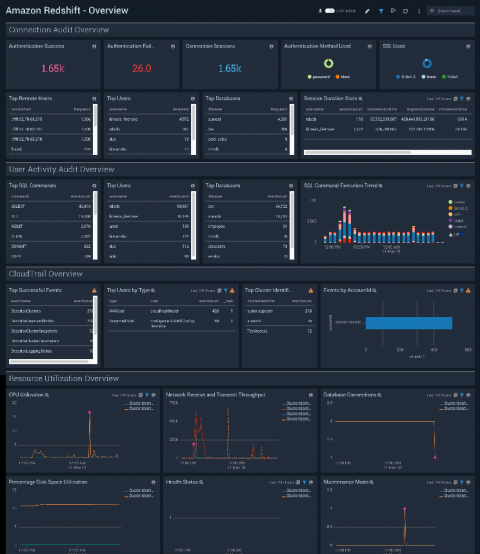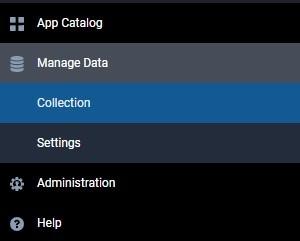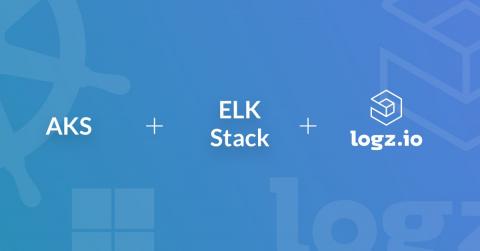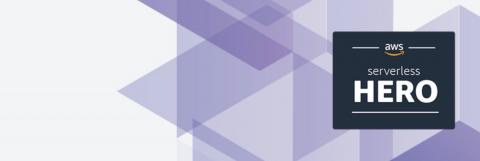Launching our knowledge base
It’s been a long time in the making but after months of pushing it on the back burner, we are finally ready to release our news project. Serverless technology has evolved at a thrilling pace. As a result of the rapid growth and expansion of this whole new space, many developers felt overwhelmed.










